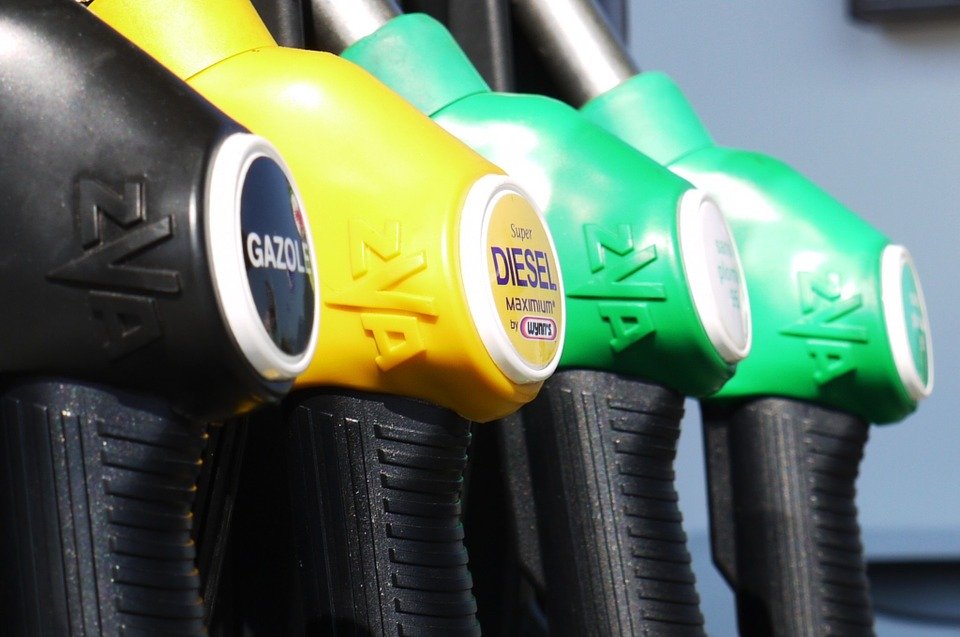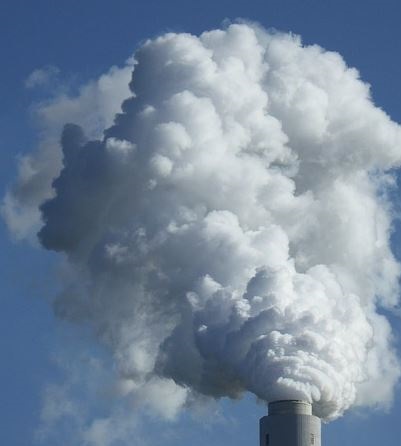Air Emissions Inventory
Collecting and tracking air emissions data for sources of air pollution.
New Hampshire collects and evaluates data on emissions of criteria pollutants, hazardous air pollutants and air toxics, and greenhouse gases. NHDES relies on the EPA's state inventories of greenhouse gases. Emissions of air pollutants result from both natural activities and human activities. Natural sources of emissions include trees (biogenic emissions) and volcanoes (geologic emissions). However, the emissions inventory only includes emissions resulting from human activities, called anthropogenic emissions, which are divided into three categories: stationary (or point) sources, area sources and mobile sources.

Collecting emissions data from widespread activities
Area Sources are smaller, usually more widespread, population-based activities whose emissions are estimated as a group. Examples of area sources include gas stations, dry-cleaners, consumer solvent use, small municipal waste management activities and home heating systems. Area source emissions data is based on activity level such as number of employees in a given business, quantity of product sold or population.

Calculating emissions from on-road and non-road sources
Mobile Sources are all on-road and non-road vehicles. On-road vehicles include cars, trucks, buses and motorcycles. On-road emissions data is calculated based on number of vehicle miles traveled (VMT) and emission factors in grams of pollutant emitted per VMT. The non-road category includes aircraft, boats, lawn and garden equipment, all-terrain vehicles, farm vehicles and construction vehicles. Non-road emissions data is calculated based on equipment populations, duty cycles and emission factors.
 Regulating emissions from various industrial sources
Regulating emissions from various industrial sources
Stationary or Point Sources are usually larger industrial facilities and electric power plants and smaller industrial, non-industrial and commercial facilities. These include industrial and utility boilers, chemical manufacturers, gasoline terminals, paper mills, large waste management activities (e.g., landfills) and other manufacturing facilities. Point source emissions data is based on actual use of fuels and process rates as reported by the source. Stationary Sources subject to annual emission fees are required to submit an annual emissions statement.
Resources
Related Content
Emissions Inventory
Every three years an emission inventory is prepared for the most common air pollutants, including carbon monoxide (CO), nitrogen oxides (NOx), particulate matter (PM, PM2.5, and PM10), sulfur dioxide (SO2) and volatile organic compounds (VOC). Another important air pollutant in New Hampshire (ozone) is not directly emitted and instead is chemically formed by a reaction of NOx with VOCs. Particles smaller than 2.5 micrometers in diameter (PM2.5), may be the most important air pollutant in New Hampshire. PM2.5 can be emitted directly and can be formed by chemical reactions with other pollutants such as NOx, SO2 and VOCs.
While there are many approaches to reducing air pollution, most of them are based on rule, regulation or legislation to require that specific emission source types enact emission reduction programs. Another approach uses a market-based incentive program, referred to as emissions trading. Emissions trading programs have been highly effective at reducing emissions for regional air pollutants such as ozone, PM2.5 and acid rain, where emissions reductions at a specific location are not as important as reducing the total emissions over a region.
National Emissions Inventory Data
The National Emissions Inventory (NEI) is a detailed estimate of air emissions that include criteria pollutants and hazardous air pollutants.




